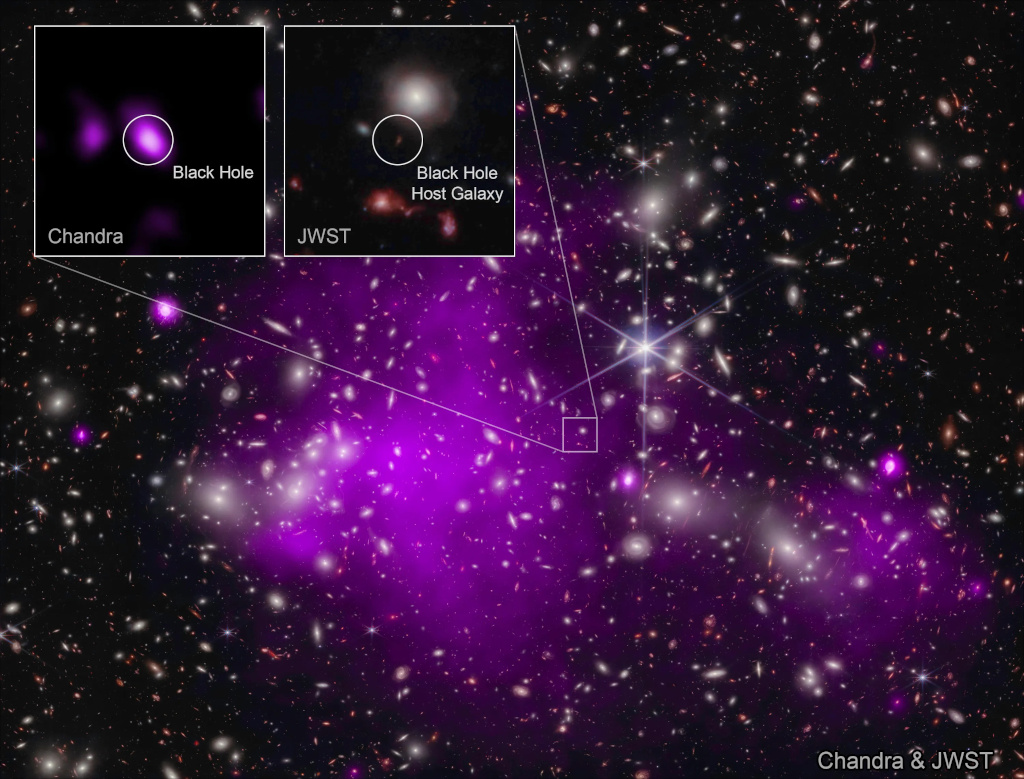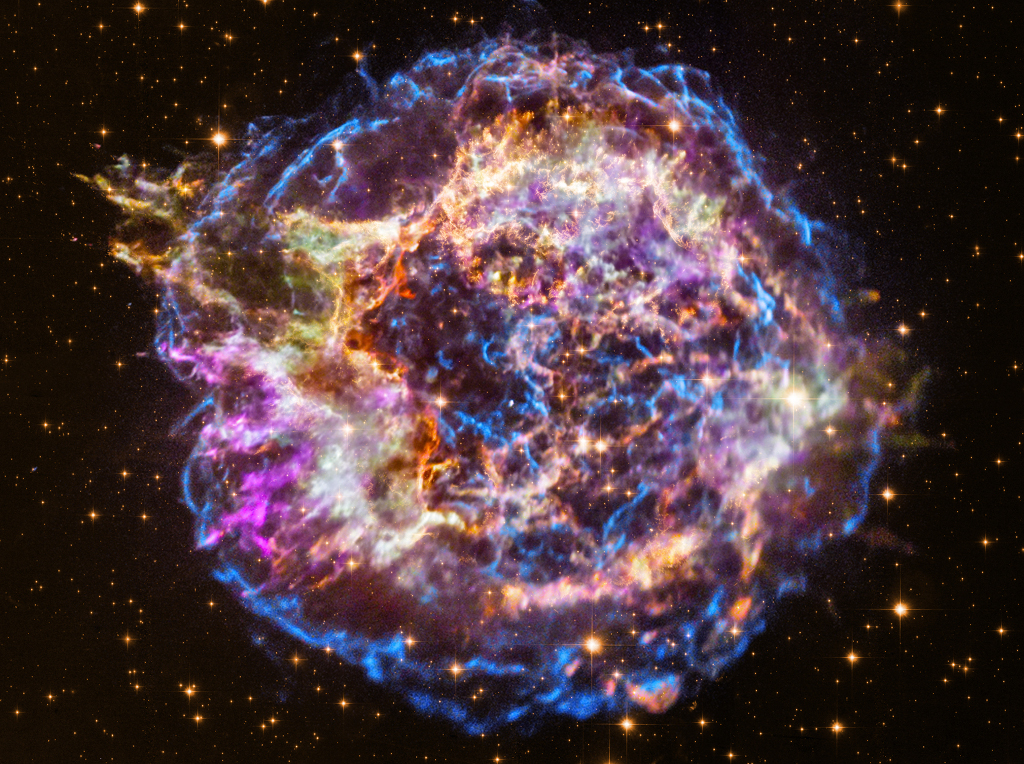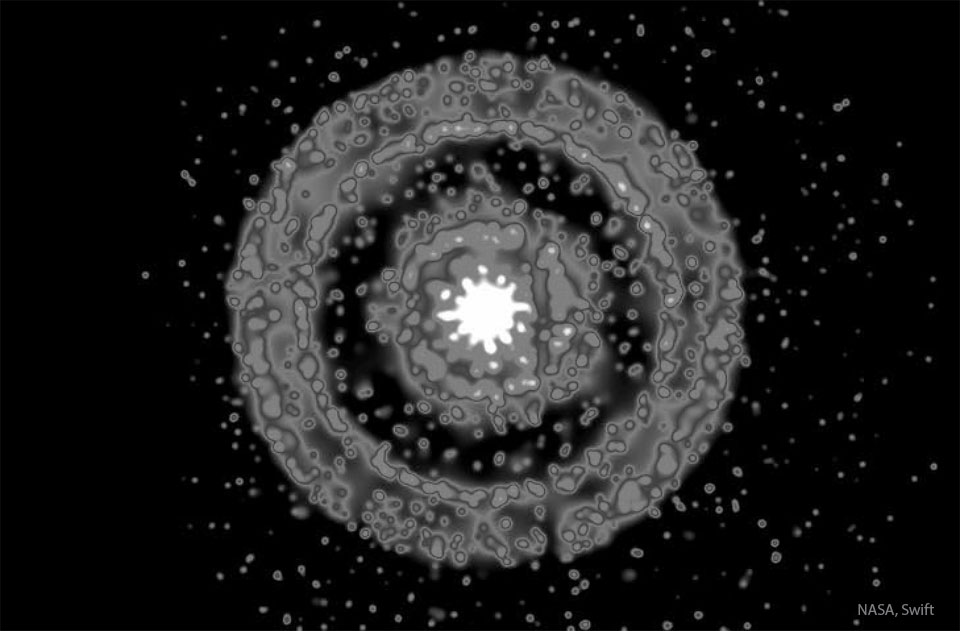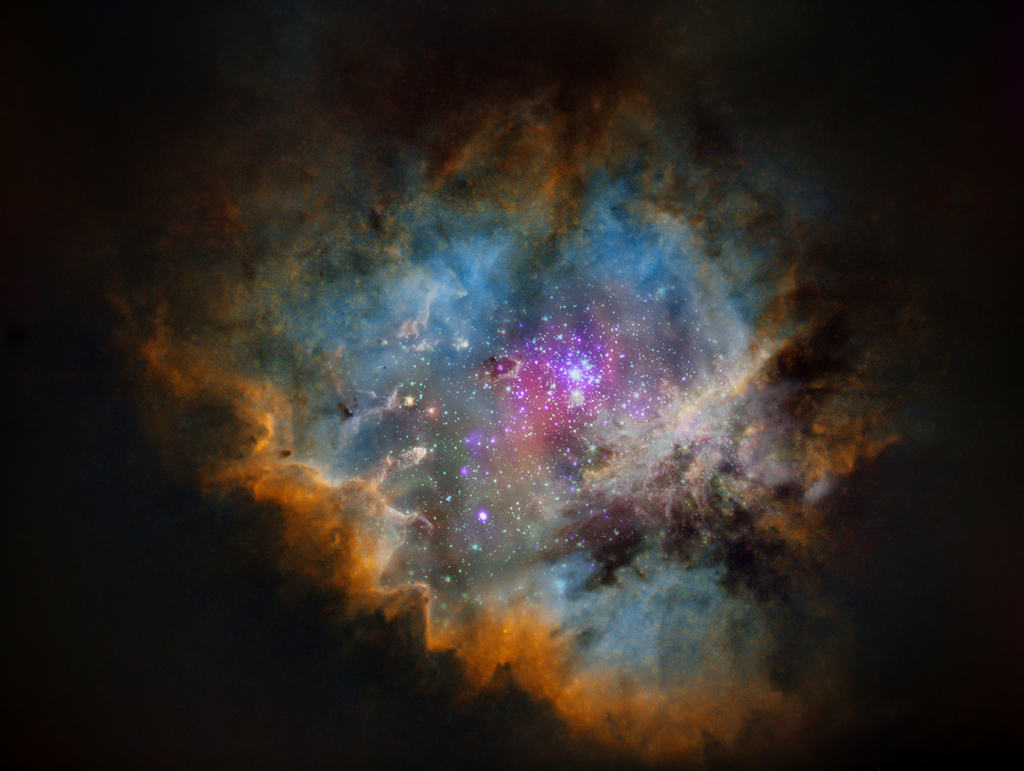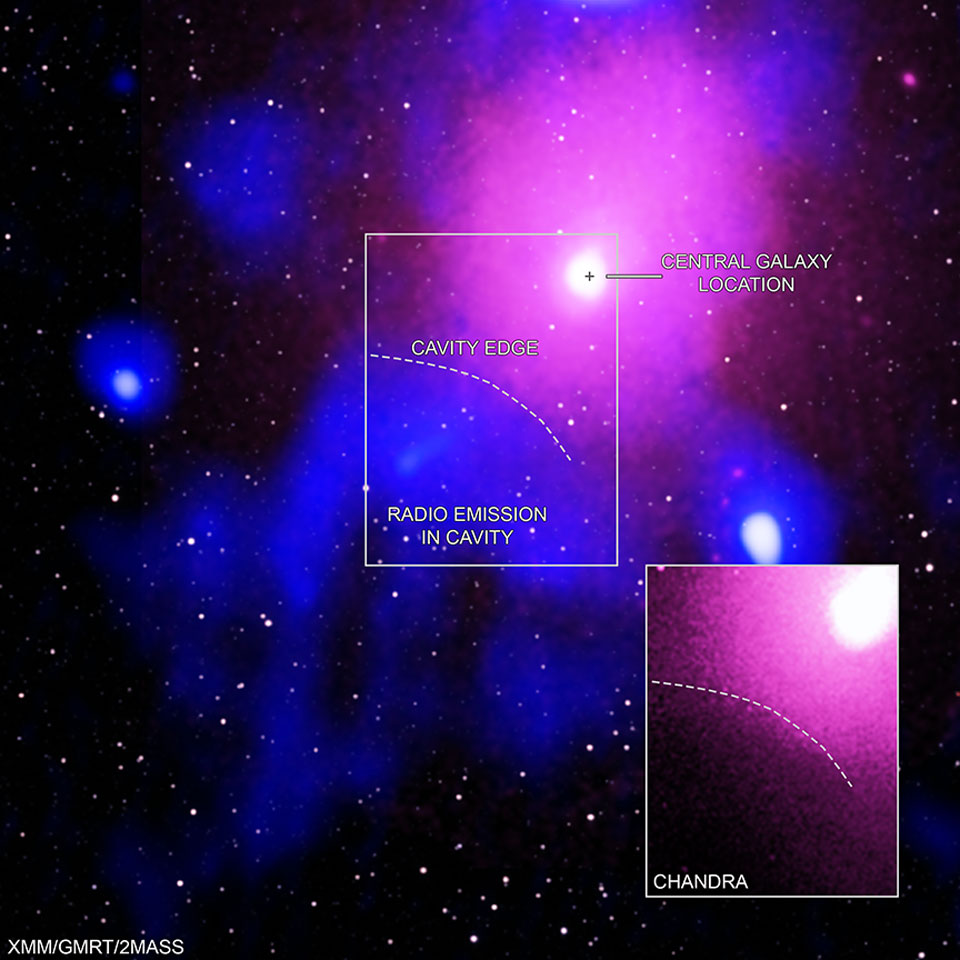UHZ1:遥远星系与黑洞
2023年11月10日 UHZ1: Distant Galaxy and Black Hole Image Credit: X-ray: NASA/CXC/SAO/Ákos Bogdán; Infrared: NASA/ESA/CSA/STScI; Image Processing: NASA/CXC/SAO/L. Frattare & K. Arcand Explanation: Dominated by dark matter, massive cluster of galaxies Abell 2744 is known to some as Pandora’s C […]

